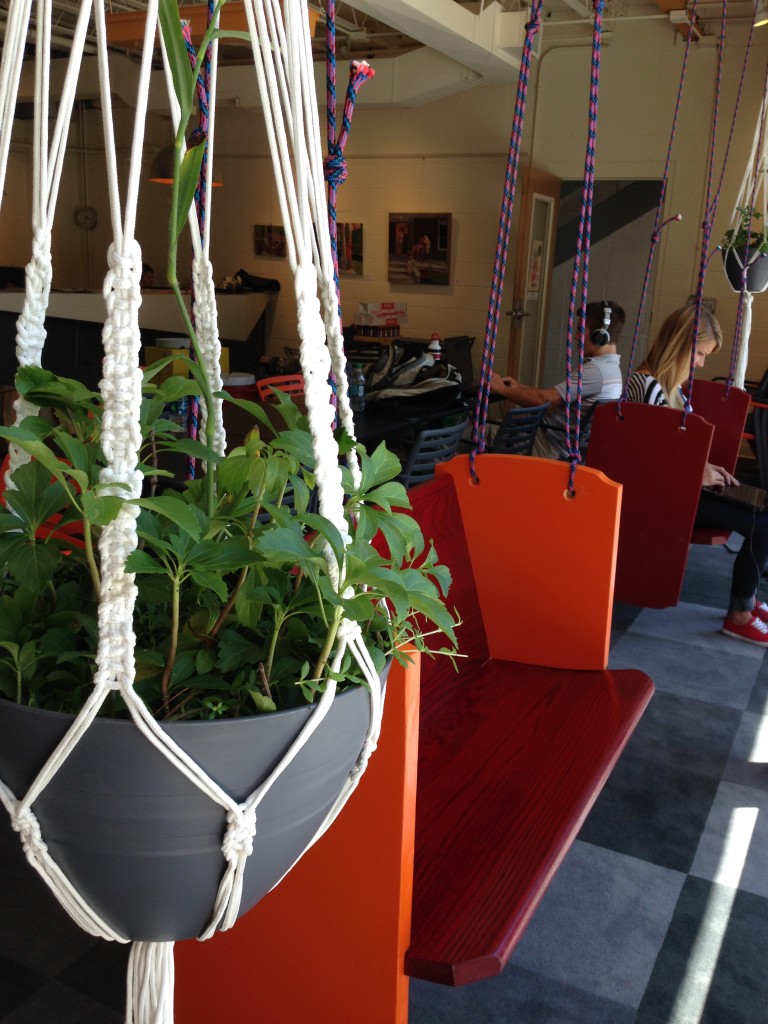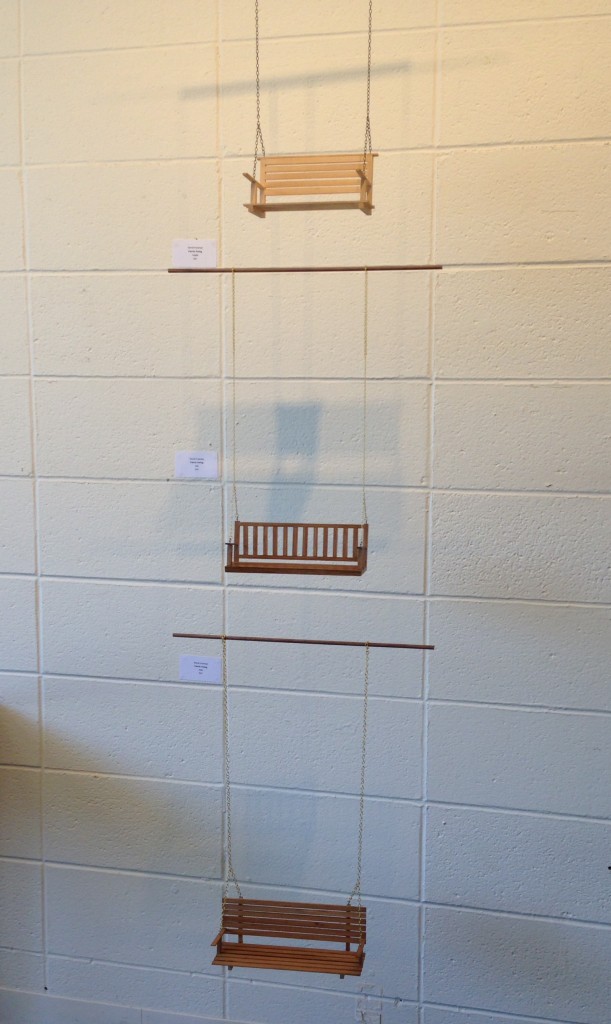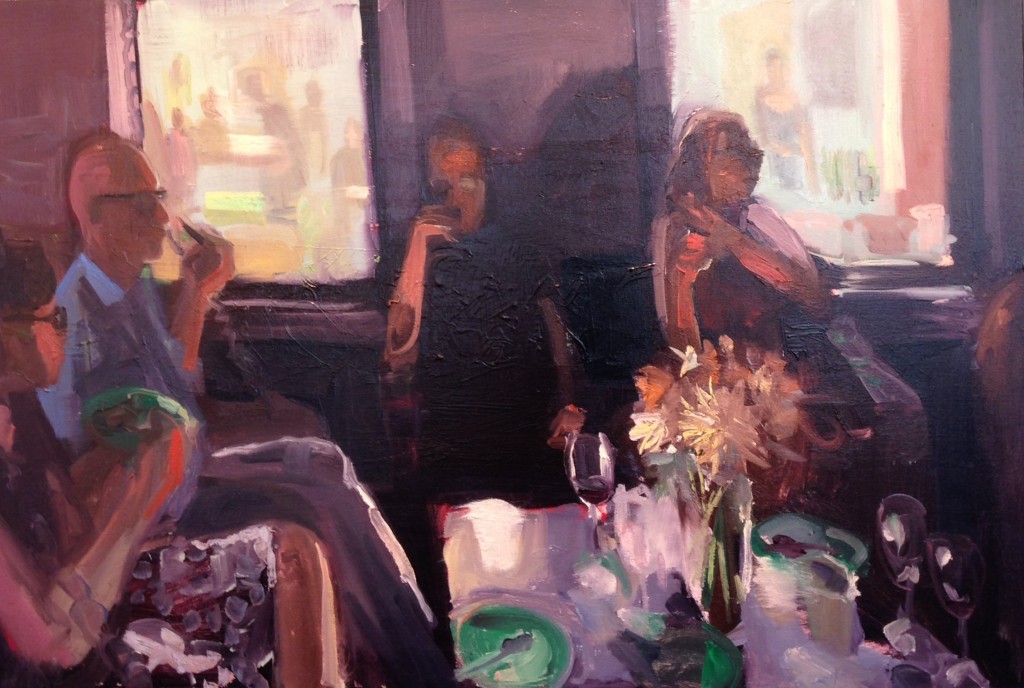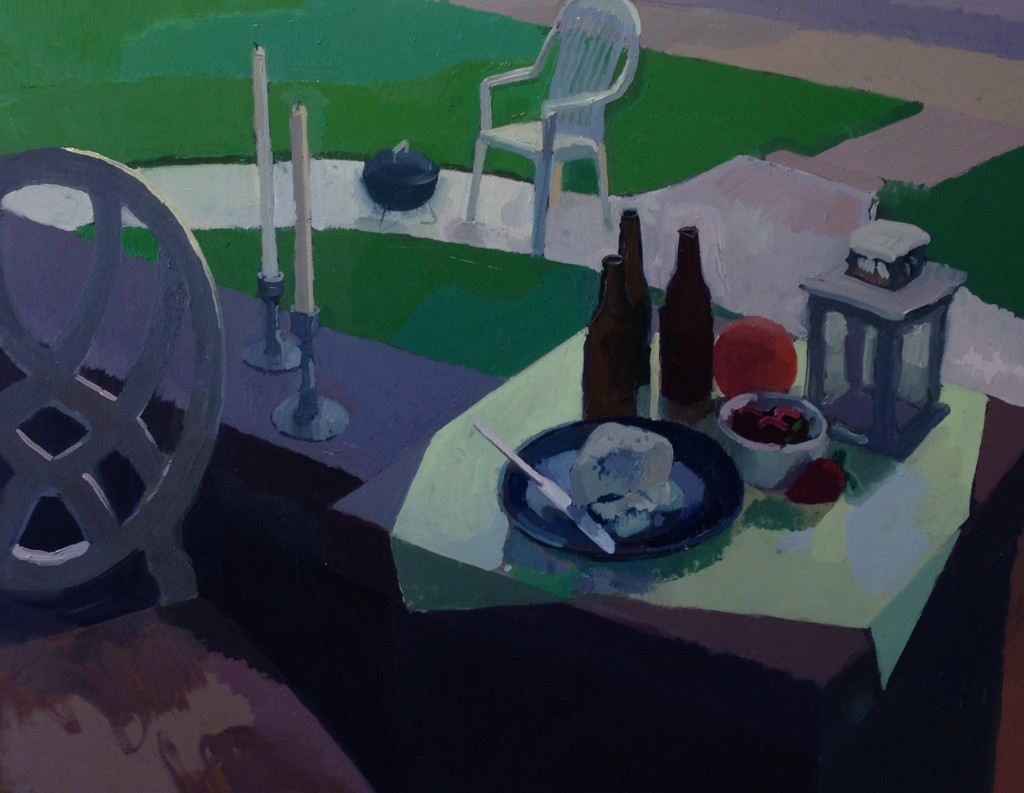Swinging on the Porch
“No matter how hard you kick, no matter how high you get, you can't go all the way around.”
― John Green, The Fault in Our Stars
We begin swinging the day we’re born, rocking back and forth in our parents’ arms, a bassinet, or nuzzled in a rocking chair. Eventually, we graduate to pushing ourselves on swing sets and rocking horses. As a parent, I still love swinging on the playground with my kids, pushing myself higher, feeling the rush of the wind on my face and in my hair, that split-second feeling that I could overcome gravity. No matter our age, something about the back and forth motion, the swinging, takes us to a more peaceful and carefree place. Maybe that’s the appeal of the front porch swing . . . it slows us down, makes the day seem lazy and long, and yet, there we are, out in the world as well.
Other cultures and countries have their “third places” -- those places outside of home and work where community is formed -- Parisian sidewalk cafes, British pubs, and the inner gardens and fountains in old Mediterranean homes -- but front porches and porch swings are uniquely American. They emerged in the mid-1800s, when families first started living in individual houses, and remained popular until the 1920s. Americans began experiencing the luxury of “free time” for the first time, and the idea of living in community, visiting with neighbors in the evening, “seeing and being seen” became popular.
David Freeman's Faerie Swings
We’ve created our own “front porch” this month in the City Gallery. Kyle Ragsdale’s and Nathan Foxton’s paintings form the backdrop for a pair of Matthew Osborn’s high craft, hand made, modern porch swings created from old church pews; David Freeman’s tiny faerie swings; and Elyce Elder’s macrame hanging planters.
Kyle Ragsdale, Outside Looking In
Nathan Foxton, Pairings
Kyle studies and frequently paints “human interactions,” exploring “open and closed conversations . . . whether you’ve entered the circle or are not in the circle.” Kyle has explored the interplay of light in these paintings of friends’ and neighbors’ porch parties, some of which took place on hot hazy days and some on cozy, candle-lit nights. Nathan’s paintings also explore the porch and the contrast between still-life and movement.
 Macrame Plant Hanger, Elyce Elder; Porch Swing, Matthew Osborn
Macrame Plant Hanger, Elyce Elder; Porch Swing, Matthew Osborn
The porch swings were Kyle’s idea, inspired by the swings in the window of Cultured Swirl in Fountain Square. “People like to swing,” he says, “and I like the idea of porch swings not bought at a store, but made by people.” He also had the vision for the macrame plant hangers -- “I have a lot of plants on my porch, but nothing to hang them with. We grew up with macrame, but you don’t see it very much anymore.” He immediately thought of Elyce Elder, who loves intricate details and “takes a traditional craft and tweaks it to her own way of looking at things.”
Come on down to the City Gallery, have a snow cone, enjoy the art, and “sit a spell” on our porch swings before you hit downtown for the fireworks. We’ll see you tonight!



